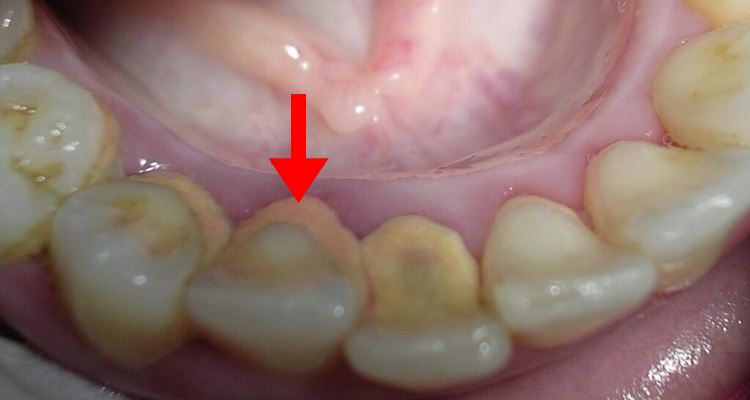Here are some things to know about calculus bridge including some tips to prevent it.
CALCULUS BRIDGE – Dental health is one aspect of physical health and here’s what you need to know about calculus bridge.
A Tartar bridge which is also called a calculus bridge is the buildup of tartar or calculus on your teeth. It can lead to a receding gumline and it looks like a line of brown or tan on the edge of your teeth along the gumline.

This condition happens when you let plaque stay in your teeth letting it harden without brushing or flossing it away. Plaque is the colorless layer that covers your teeth after eating and over time, as it hardens, it becomes tartar and it doesn’t take much time. This process can happen within 14 days.
It is dangerous as it can spread on your gums and may even lead to dental problems such as gum disease and tooth decay.
This solid layer of calculus may cause halitosis or bad breath, gingivitis, receding gums, cavities, and tooth loss.
If you have this, one thing you must immediately do is to pay your dentist a visit. Professional cleaning won’t be enough to remove it. This has to be carefully scraped off through a dental scaler and if the condition is extensive, it might take more than one session to solve it.
A 2008 double-blind clinical trial and a 2013 review of more than 30 studies suggest that one way to prevent this is using a tartar-control toothpaste.
Here are some tips to prevent this:
- Brush teeth twice a day with a toothpaste containing fluoride for two (2) full minutes.
- Cleaning between the teeth like flossing every day.
- Avoid or limit drinks and snacks loaded with sugar.
- Regularly go to your dentist for a check-up.
READ ALSO:
- Taro – What Is Taro and Some Surprising Benefits Of This
- What Causes Muscle Cramps and How It Is Treated?
What can you say about this? Let us know!

